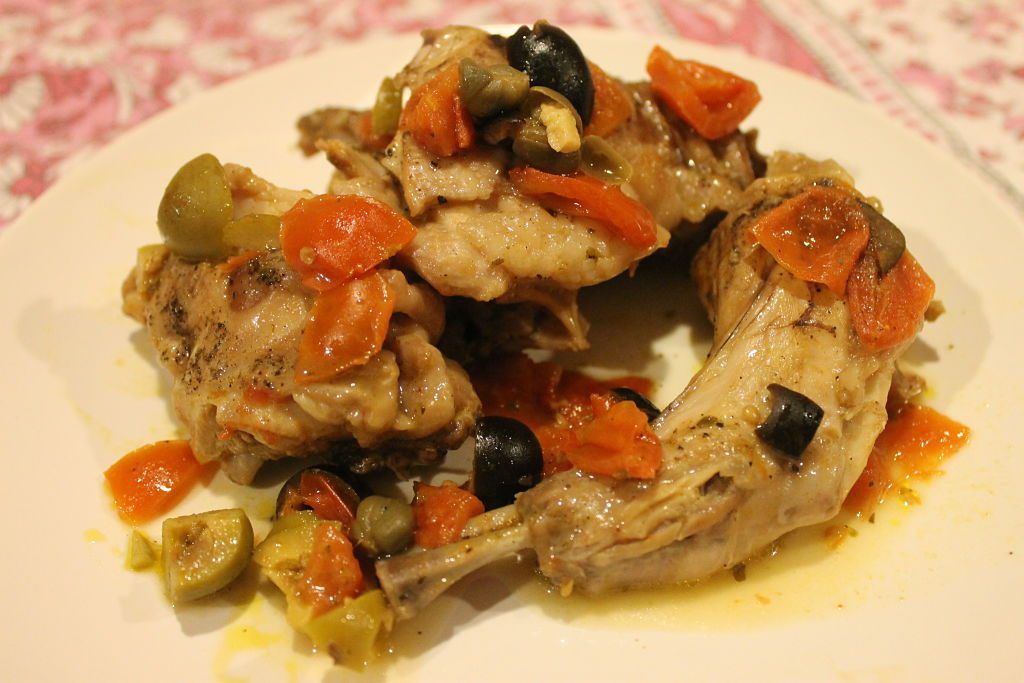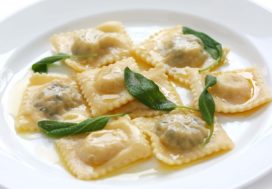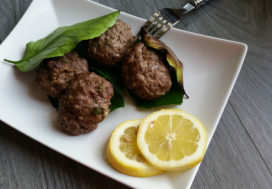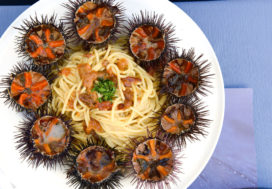During your stay in in one of our beautiful properties in Sicilia, you can taste the traditional flavors of Ragusa area.
Coniglio alla Partuisa
The Partuisa rabbit is a typical recipe of Ragusa. A fry of garlic, capers, parsley and celery is prepared. The rabbit is cut into pieces and browned in a pan with the addition of cocoa. It joins the fried mixture and the tomato is added, it continues to cook with broth and the olives are added. Once cooked, a sweet and sour sauce is added. The partuisa rabbit is served hot and is a tasty second course of meat, the meat is tender and has a very distinctive flavor.

Partuisa rabbit photo giallozafferano
Impanata di Pasqua
The Easter impanata is a salty pie stuffed with lamb meat. Today there are impanate with chicken and turkey meat, with the addition of various ingredients such as artichokes or peas, the variations are endless. However, if you want to taste the traditional impanata prepared for Easter Eve you must use the lamb meat cut into cubes and seasoned with onion, salt, pepper, bread crumbs, olive oil. The stuffing has to rest at least one night and the next day you prepare the pastry to create a covered and crispy cake enclosing the meat.
Caponata di Natale
Christmas Caponata, is a typical dish of the Christmas holidays, it is served as an appetizer or as a side dish and is eaten cold. Unlike the more common caponata, this does not include eggplant. The ingredients are diced celery sautéed in olive oil, olives, capers, raisins, chopped roasted almonds, sweet and sour sauce, toasted bread crumbs in pan. All the ingredients are mixed and almonds are added.
Ravioli di ricotta al ragù di maiale
The ricotta ravioli with pork sauce is a typical recipe of Ragusa. It’s a dish dedicated to Sundays and feasts. The ravioli are made with egg pasta and the filling includes the use of cottage cheese, chopped marjoram or other herbs, egg yolk and pepper. In Ragusa is common to add some sugar to the mixture to obtain a contrast to the salty taste of stewed pork. The sauce is cooked starting with the fried onion in olive oil, finely chopped carrot and celery, then the pork and sausage cut into chunks are added. Everything fades with wine and then the tomato puree is added. The traditional recipe involves the addition of “astrattu”, that is a sieved and previously dried tomato extract. An ancient method to create the tomato paste in summer to store it all the year in pats from which you cut a piece every time. Even if today you have the option to buy the tomato paste, in many Sicilian cookery this method is still used because the sauce flavor is distinctive and inimitable! Once you add the tomato, the pork sauce continues to simmer for another 30 minutes, then is poured to the ricotta ravioli. The pork is served as a second dish.






